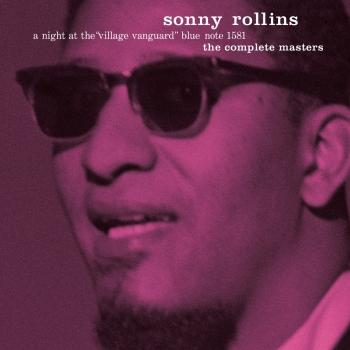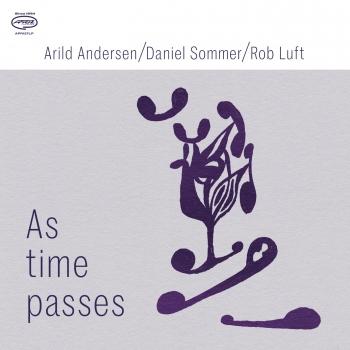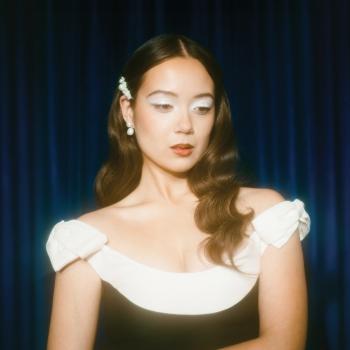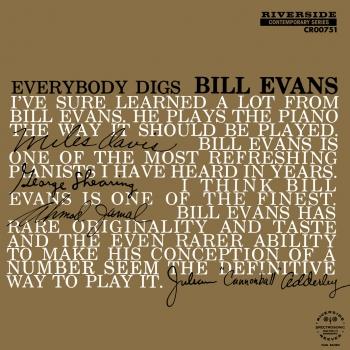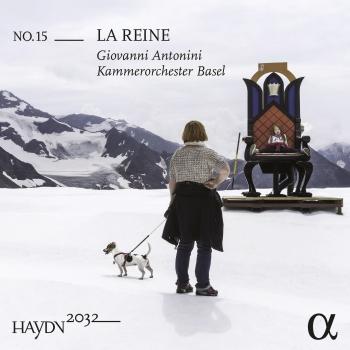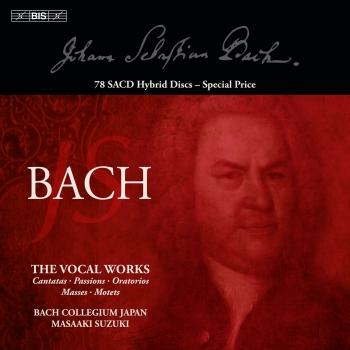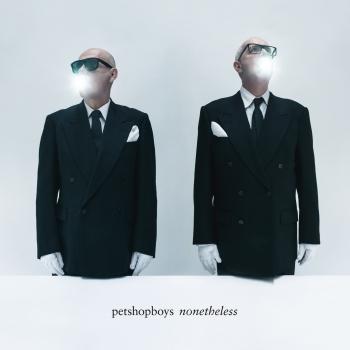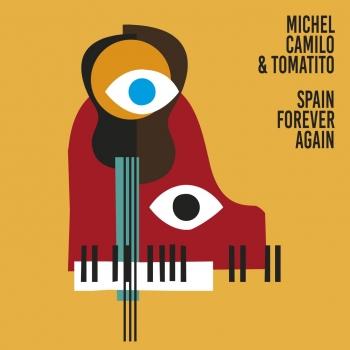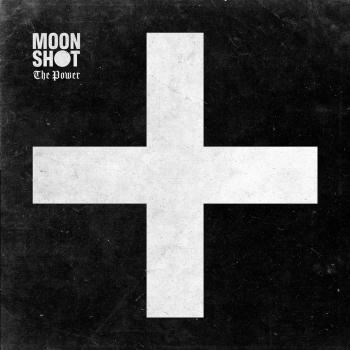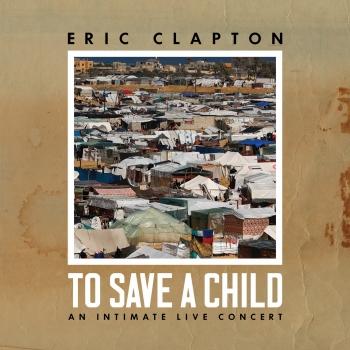
The Vibration Continues - Retrospective Of Years 1968-76 Rahsaan Roland Kirk & Al Hibbler
Album info
Album-Release:
1978
HRA-Release:
16.01.2015
Label: Warner Music Group
Genre: Jazz
Subgenre: Mainstream Jazz
Artist: Rahsaan Roland Kirk & Al Hibbler
Album including Album cover
I`m sorry!
Dear HIGHRESAUDIO Visitor,
due to territorial constraints and also different releases dates in each country you currently can`t purchase this album. We are updating our release dates twice a week. So, please feel free to check from time-to-time, if the album is available for your country.
We suggest, that you bookmark the album and use our Short List function.
Thank you for your understanding and patience.
Yours sincerely, HIGHRESAUDIO
- 1The Inflated Tear04:52
- 2Introduction And Medley06:28
- 3Water For Robeson and Williams03:46
- 4Volunteered Slavery05:42
- 5I Love You Yes I Do02:51
- 6Rahsaanic03:41
- 7Do Nothin' Till You Hear From Me04:40
- 8Ain't No Sunshine02:25
- 9A Tribute To John Coltrane13:05
- 10Old Rugged Cross07:14
- 11The Black and Crazy Blues06:05
- 12Portrait of Those Beautiful Ladies06:23
- 13If I Loved You08:40
- 14Creole Love Call03:50
- 15Seasons10:36
Info for The Vibration Continues - Retrospective Of Years 1968-76
Roland Kirk was arguably the most exciting soloist the jazz world has ever seen. Blind since childhood, Kirk developed a unique sensitivity to sound that he parlayed into all sorts of interesting ideas, most notably the ability to play two or three instruments simultaneously.
For a while the vaudeville nature of this trick overshadowed his prodigious talents as a soloist. He was capable of great tenderness as well as bursts of aggressive lines and knew how to construct a solo better than many. This compilation captures his recordings from 1968-1974.
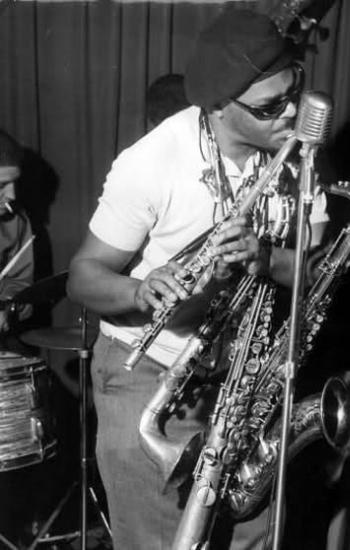 Roland Kirk
Roland Kirk
7 August 1936, Columbus, Ohio, USA, d. 5 December 1977, Bloomington, Indiana, USA. Originally named ‘Ronald’, Kirk changed it to ‘Roland’ and added ‘Rahsaan’ after a dream visitation by spirits who ‘told him to’. Blinded soon after his birth, Kirk became one of the most prodigious multi-instrumentalists to work in jazz, with a career that spanned R&B, bop and the ‘New Thing’ jazz style. According to Joe Goldberg’s sleeve notes for Kirk’s Work (1961), Kirk took up trumpet at the age of nine after hearing the bugle boy at a summer camp where his parents acted as counsellors. He played trumpet in the school band, but a doctor advised against the strain trumpet playing imposes on the eyes. At the Ohio State School for the Blind, he took up saxophone and clarinet from 1948. By 1951 he was well known as a player and was leading his own dance band in the locality. Kirk’s ability to play three instruments simultaneously gained him notoriety. Looking through the ‘scraps’ in the basement of a music store, Kirk found two horns believed to have been put together from different instruments, but which possibly dated from late nineteenth-century Spanish military bands. The manzello was basically an alto saxophone with a ‘large, fat, ungainly’ bell. The strich resembled ‘a larger, more cumbersome soprano’. He found a method of playing both, plus his tenor, producing a wild, untempered ‘ethnic’ sound ideal for late-60s radical jazz. He also soloed on all three separately and added flute, siren and clavietta (similar to the melodica used by Augustus Pablo and the Gang Of Four) to his armoury. With all three horns strung around his neck, and sporting dark glasses and a battered top hat, Kirk made quite a spectacle.
The real point was that, although he loved to dally with simple R&B and ballads, he could unleash break-neck solos that sounded like a bridge between bebop dexterity and avant garde ‘outness’. His debut for a properly distributed label - recorded for Cadet Records in Chicago in June 1960 at the behest of Ramsey Lewis - provoked controversy, some deriding the three-horn-trick as a gimmick, others applauding the fire of his playing. In 1961, he joined the Charles Mingus Workshop for four months, toured California and played on Oh Yeah! He also played the Essen Jazz Festival in Germany. In 1963, he began the first of several historic residencies at Ronnie Scott’s club in London. Despite later guest recordings with Jaki Byard (who had played on his Rip Rig & Panic) and Mingus (at the 1974 Carnegie Hall concert), Kirk’s main focus of activity was his own group, the Vibration Society, with whom he toured the world until he suffered his first stroke in November 1975, which paralysed his right side. With characteristic single-mindedness, he taught himself to play with his left hand only and started touring again. A second stroke in 1977 caused his death.
Long before the 80s ‘consolidation’ period for jazz, Kirk presented a music fully cognizant of black American music, from Jelly Roll Morton and Louis Armstrong on through Duke Ellington and John Coltrane; he also paid tribute to the gospel and soul heritage, notably on Blacknuss, which featured songs by Marvin Gaye, Smokey Robinson and Bill Withers. Several of his tunes - ‘The Inflated Tear’, ‘Bright Moments’, ‘Let Me Shake Your Tree’, ‘No Tonic Pres’ - have become jazz standards. His recorded legacy is uneven, but it contains some of the most fiery and exciting music to be heard. Source: The Encyclopedia of Popular Music by Colin Larkin.
This album contains no booklet.

